In search of Great War diary where daily details of ambulance train were logged
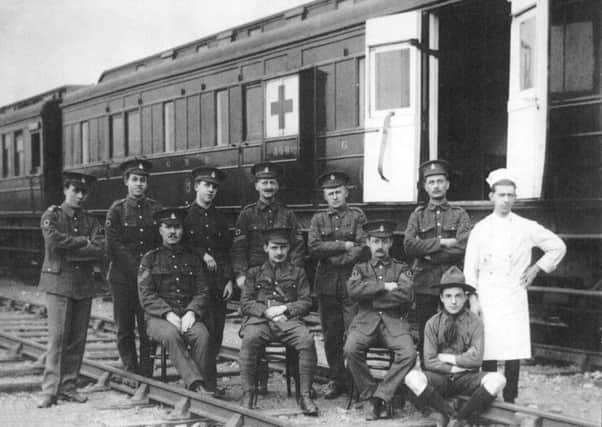

The little-recounted trains were fully-staffed, self-contained ‘hospitals on wheels’ with many of the facilities and resources of any small hospital.
They were used to transport wounded soldiers to hospitals nearer their homes.
Advertisement
Hide AdAdvertisement
Hide AdTo mark the centenary of the end of the First World War later this year Charles will be presenting the results of his research during a talk entitled ‘Irish Ambulance Trains in the Great War’.
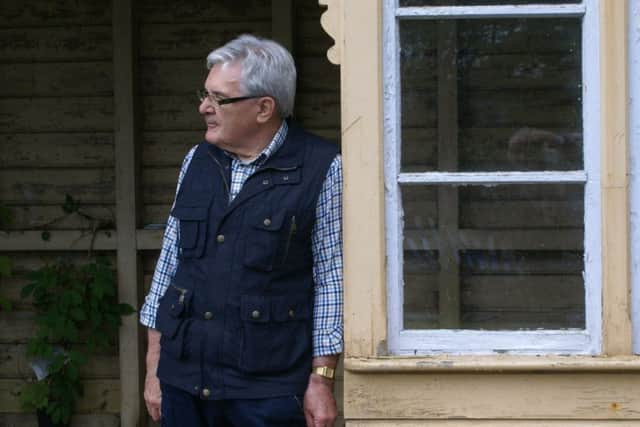

He’s giving the talk in Enniskillen, the town where he was born, during the centenary commemorations in November.
But he has hit a big problem – and hopes that News Letter readers will be able to help him.
More about that in a moment, but first, an introduction to the trains by the railway expert himself.
Advertisement
Hide AdAdvertisement
Hide Ad“There were two Ambulance Trains operating in Ireland between 1914 and 1919,” Charles told me, adding, “Ambulance Trains from Britain were sent to continental Europe but, because our railways here are of a different gauge, the Irish trains operated only on the island of Ireland.”
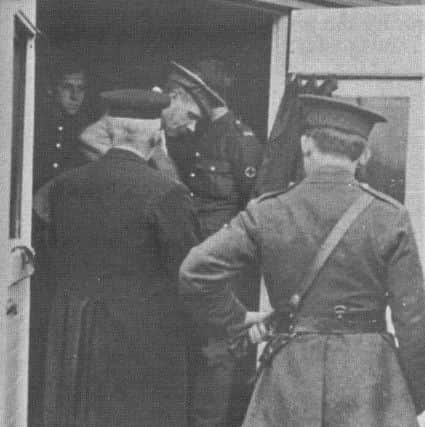

Charles is particularly interested in what was known as ‘Number 13 Ambulance Train’ which was based in the goods yard at Adelaide in south Belfast, where Northern Ireland Railways operates one of its railcar servicing depots today.
The Number 13 Ambulance Train was provided by the Great Northern Railway (Ireland).
The train’s nine carriages included a pharmacy and operating theatre, and five of the adapted carriages could accommodate 100 soldiers on stretchers – four officers and 96 ‘other ranks’.
Advertisement
Hide AdAdvertisement
Hide AdThe train also had a dining car and overnight accommodation for 25 staff from the Royal Army Medical Corps (the RAMC).
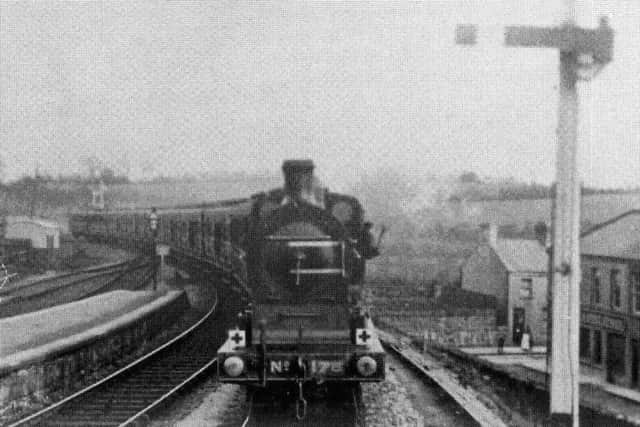

As well as two Medical Officers, two nursing sisters and 18 nursing orderlies, there was a cook, a cook’s orderly and a compounder.
(The compounder put together the Medical Officers’ prescriptions and administered them to the patients.)
Whilst Charles has been researching these little-recounted trains, his investigations “had to play second fiddle” to his work for the Railway Preservation Society of Ireland’s new and award-winning Whitehead Railway Museum.
Advertisement
Hide AdAdvertisement
Hide AdHe’s the Society’s Belfast Meetings Organiser which, along with many other demands on his time for railway talks and historical information, has put him under some pressure to get his research finished before November’s centenary of the Armistice.
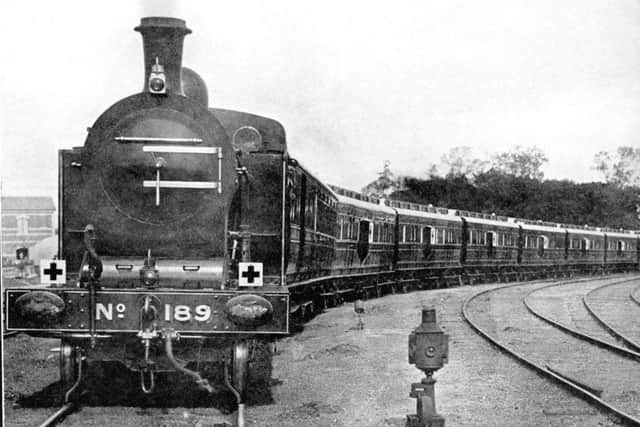

Charles has gathered much information about the Belfast-based train Number 13 but he told Roamer “it’s a bit like a Polo mint - there is a big hole in the middle!”
Charles has collected all sorts of details about how the Ambulance Train came about, the carriages that were used and how they were converted into what was also called ‘the Hospital Train’.
“I can trace the history of each vehicle all the way through from being built in Dundalk to being scrapped,” he explained, “but, and it is a big but, I cannot track down exactly where the train ran!”
Advertisement
Hide AdAdvertisement
Hide AdAccording to one of his sources, the train carried a total of 5,300 casualties “which could mean about 50 separate round trips from Belfast to a port like Dublin’s North Wall”, Charles has calculated.
The casualties were then brought to a hospital near their home depot, but Mr Friel’s problem is that the records of the Ambulance train journeys are extremely sparse.
The Belfast train made its first journey to Cork (and maybe Queenstown) and brought wounded soldiers back to Belfast on October 5, 1914.
And it is known that the Ambulance Train visited Omagh at least twice and travelled as far north as Ballymoney but, Charles added: “I only have outline documentation for about one in 15 of the train’s journeys and no proper details for any of them.”
Advertisement
Hide AdAdvertisement
Hide AdHe explained: “The Ambulance Train staff, like every military unit, would have kept a Unit War Diary with daily records of every movement such as who was on board and any incidents during the day.”
Charles has sourced many similar diaries at the National Archives in Kew, but all of them relate to Ambulance Trains which operated on mainland Europe.
“The existing Ambulance Train War Diaries in Kew make enlightening reading,” said Charles, “but the intense detail in them only adds to my frustration!
He has found occasional references to the Belfast Ambulance Train in the local newspapers of the day “but it would be just great if I could find the War Diary itself” Charles said, adding regretfully “but no-one seems to know what happened to it when the train was disbanded in 1919”.
Advertisement
Hide AdAdvertisement
Hide AdCharles is keen to complete the work but he cannot find that one vital document.
“I have tried all the civilian and military museums that I can think of but without success,” he lamented.
Four years ago he put a post on thegreatwarforum.org website to ask for help finding the missing diary.
So far that post has been viewed a remarkable 797 times.
“There has also been some correspondence about it,” Charles told me, “but, sadly, I am no closer to being able to read the War Diary. I am really looking forward to hearing from anyone who might have an inkling as to its possible whereabouts.”
If anyone can help him with his important quest please contact Charles via his email address [email protected].